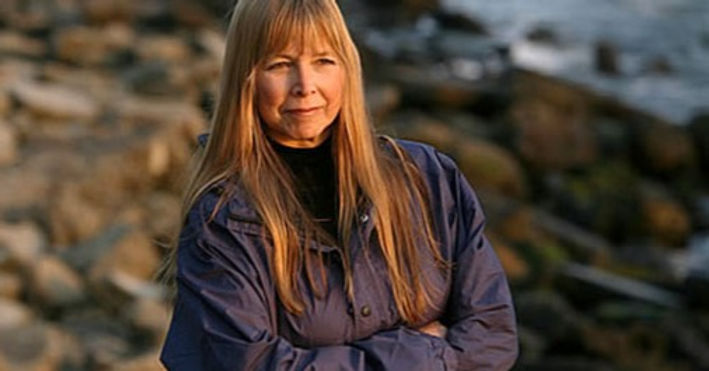Dynamic Dyslexics: Mimi Koehl
- NOCO Dyslexia
- Nov 10, 2022
- 4 min read
Updated: Nov 27, 2022

Mimi Koehl has been fascinated by how water moves since she can remember. She also has always had a passion for discovering how nature works. Mimi Koehl is a biomechanist studying marine organisms at the University of California, Berkeley. In 1990 Mimi received a telephone call informing her that she had been chosen to receive a McArthur Fellowship Award. These awards are widely known as “genius grants” and serve the dual purpose of recognizing the recipients for their innovative and creative work, and funding further projects of the awardees. Although at first Mimi didn’t believe the man on the other end of the line, it turned out that it was no joke. She’d been awarded $260,000 to fund more of the innovative research that she’d been conducting.
How do living things interact with their physical environment? How do things that fly interact with the moving air around them? How do tiny organisms move through water which is also in motion and constantly changing? These are some of the questions that drive Koehl’s work. To answer these questions, it is necessary for her to draw conclusions using techniques and principles from several different branches of science. She uses a combination of physics, chemistry, biology, ecology, and engineering. Determining how microscopic organisms function in dynamic conditions requires what Mimi describes as a “wacky” approach to science.
You might’ve guessed by now that Mimi is dyslexic. She didn’t find this out until she was forty-five years old. The way she became aware of this is a great story on its own. Mimi was at a McArthur honoree meeting where she met Jack Horner. Another wildly successful dyslexic who we profiled earlier in our “Dynamic Dyslexic” series. While Jack was visiting during a subsequent meeting, Mimi and Jack decided to go to lunch. By the time they had navigated the traffic lights and got through ordering lunch at the restaurant, Jack candidly asked Mimi “are you dyslexic?” A bit surprised, she answered “No, I don’t think so. Why would you say that?” Jack told her that he was dyslexic, and that after watching her try to cross the street and order lunch that he was pretty sure that she was too! She filed that interaction away in her brain and didn’t think about it again until the university administration changed the lock and key system of her lab to a number-coded keypad. The result was that she had extreme difficulty getting into her lab in the mornings. She noticed that many other people had no problem with the system, and she wondered if Jack might be right. She approached the building management and told them that she thought she was dyslexic and that the Americans with Disabilities Act applied to her and that a metal key would be her equivalent to a wheelchair ramp. They told her that if she could prove that she was indeed dyslexic, she could have a key.
So Mimi Koehl, at forty-five years old went off to get tested for dyslexia, and indeed found out that she was severely dyslexic. This “diagnosis” not only got her a metal key to her beloved lab, but helped make sense of years and years of frustration and thinking that she was dumb. Because as brilliant as Mimi Koehl very obviously is, she had to work much harder in school than most students to get mediocre grades. But even back then, science made so much intuitive sense to Mimi, and she loved it so much that she found that if she learned the concepts of science, she didn’t have to read the material and memorize facts to master the tests. And she thought this was cheating back then!
Dyslexic brains often have an advantage in spatial 3-D thinking. In their groundbreaking book The Dyslexic Advantage, Drs. Brock and Fernette Eide define one of the strengths of the dyslexic condition. “Material reasoning: Abilities that help us reason about the physical or material world-that is, about the shape, size, motion, position, or orientation in space of physical objects, and the ways those objects interact.” This particular dyslexic advantage is one that clearly was at the forefront of Mimi Koehl’s award-winning, cutting edge research. You see, much of her research focuses on microscopic marine larvae and how they locomote through constantly moving water to get to a very specific habitat where they need to attach themselves to coral on the bottom of the ocean to live out the rest of their lives. The ability to think about things differently and to think about how things would “look” from the tiny sea creatures perspective is what fueled her ingenuity in designing her methods and in discovering the very complicated answer to what many scientists had been pondering.

Her multifaceted approaches to science also earned her a place in the book series “Women’s Adventures in Science-Nature’s Machines” If you’d like to learn even more about Mimi Koehl’s work and hear some of this story from her perspective click on this link to watch her give a presentation at a Dyslexic Advantage conference, where she describes how her research works in more detail and how she believes that dyslexia has helped her.
